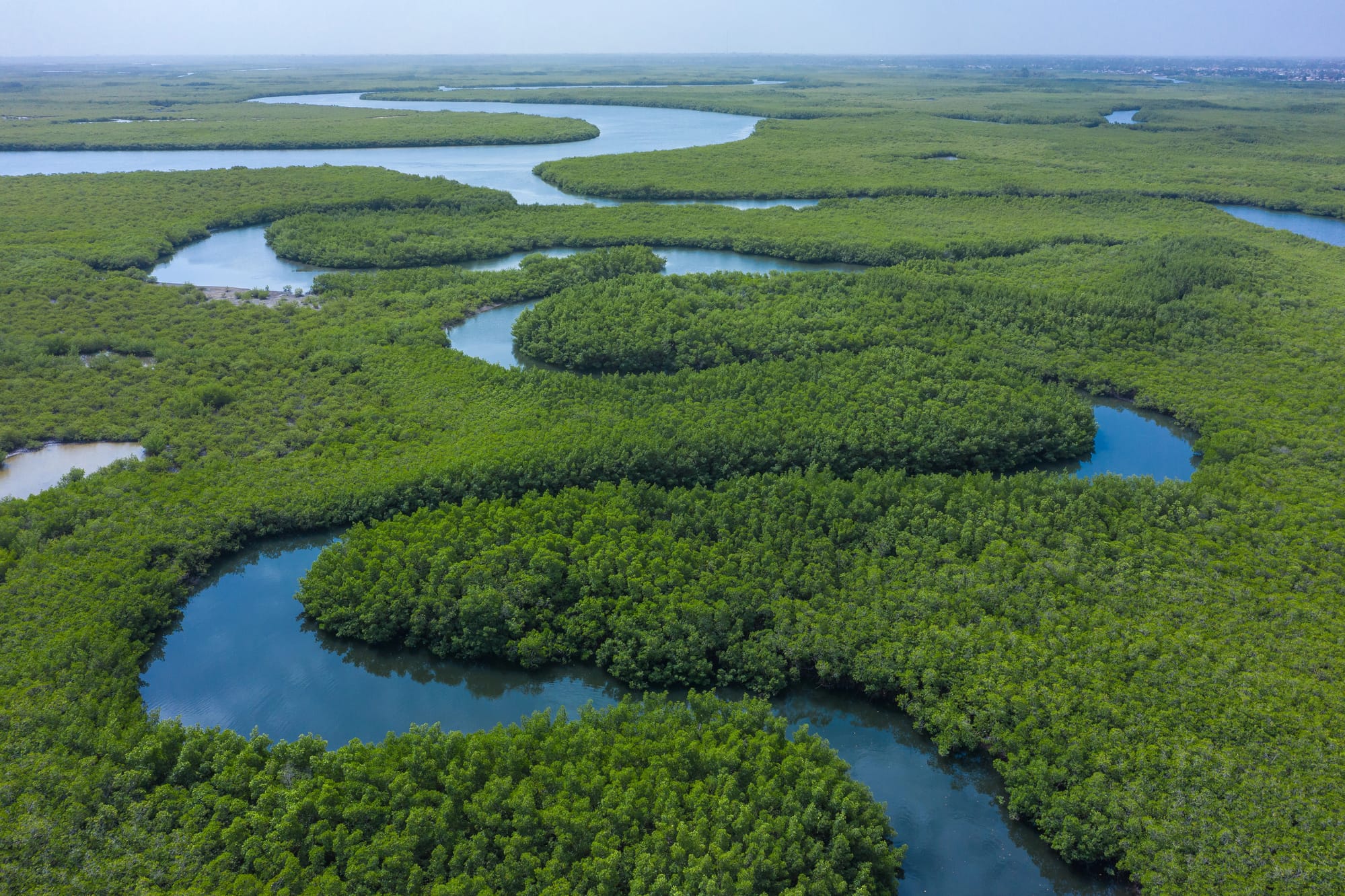During your stay in The Gambia, visit Banjul, the country's capital, an unmissable destination for visitors. To get the best out of the city's atmosphere, head to the Albert Market on Liberation Avenue. This market has been around since the 1850s and is divided into three parts: on the one hand, you will find a ►
During your stay in The Gambia, visit Banjul, the country's capital, an unmissable destination for visitors. To get the best out of the city's atmosphere, head to the Albert Market on Liberation Avenue. This market has been around since the 1850s and is divided into three parts: on the one hand, you will find a wholesale and retail market popular with locals for the variety of items sold there, ranging from linen to hardware. On the other hand, the market offers fresh products such as fruits and vegetables, meat, or fish. Finally, a large part of the market is occupied by the part intended for tourists. You will find handicrafts such as traditional carved wooden masks or fabrics with colorful patterns. Stroll through the maze of stalls and stalls of the largest market in the city, and let yourself be invaded by the local atmosphere!
Bakau has a famous fish market in the harbor, close to the beaches of Cape Point. Bakau, known for its botanical garden, is one of the country's most important and lively cities. The city also owes its fame to the Katchikally crocodile pond, a significant place in the local culture, reputed to have therapeutic effects. There is also an important art market in Bakau displaying handicrafts and traditional objects of all kinds: masks, statuettes or paintings.
To learn more about Gambian history and culture, head to the National Arts and Culture Centre in Banjul sometimes called the National Museum. This space, inaugurated in 1985, offers its public three floors of exhibitions, which address different themes around the country's history. With its photo archive tracing more than 70 years of history, the museum condenses the elements constituting the cultural and historical identity of the country. In addition to being an important tourist attraction, the museum was designed to support education at the local level. Students regularly visit the school and participate in activities such as quizzes or interactive videos. One of the museum's goals is to include the arts in understanding the country's history to promote peace, respect and national traditions. The National Museum also organizes and hosts festivals and artist residencies and supports various artistic groups. In addition, every year, for Christmas and New Year's Day, a festival is organized in Banjul, the Banjul Cultural Festival. Dance and music are at the heart of the event through parades and concerts. The festival claims cohabitation and tolerance between all cultures present in the capital.
The Abuko Nature Reserve, established in 1968, is the first in the country. It is located in the country's west and covers over 100 hectares. This vast park aims to protect wildlife, land and rare species. The reserve has a rich fauna and flora, with many species of trees, birds and primates. You can visit the reserve thanks to circuits specially designed for visitors. These tours are arranged and benefit from strategic points of view to allow you to make the most of your visit while guaranteeing the tranquility of the animals.
The Gambia has many other parks and reserves, and among them is the River Gambia National Park, located on the Janjanbureh River that runs through the country. The park, in the center of the country, consists of five islands called the Baboon Islands. The area covers almost 600 hectares and is one of the country's last places of life for hippos. The park is also home to the Chimpanzee Rehabilitation Camp, which aims to take in orphaned chimpanzees. Explore River Gambia National Park by boat on safari cruises to observe the park's wildlife and enjoy the environment.
◄
